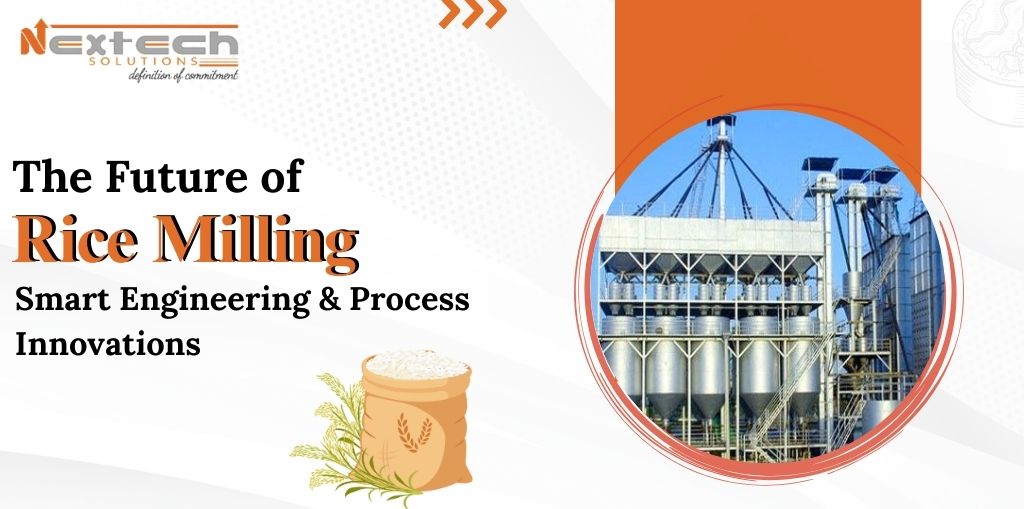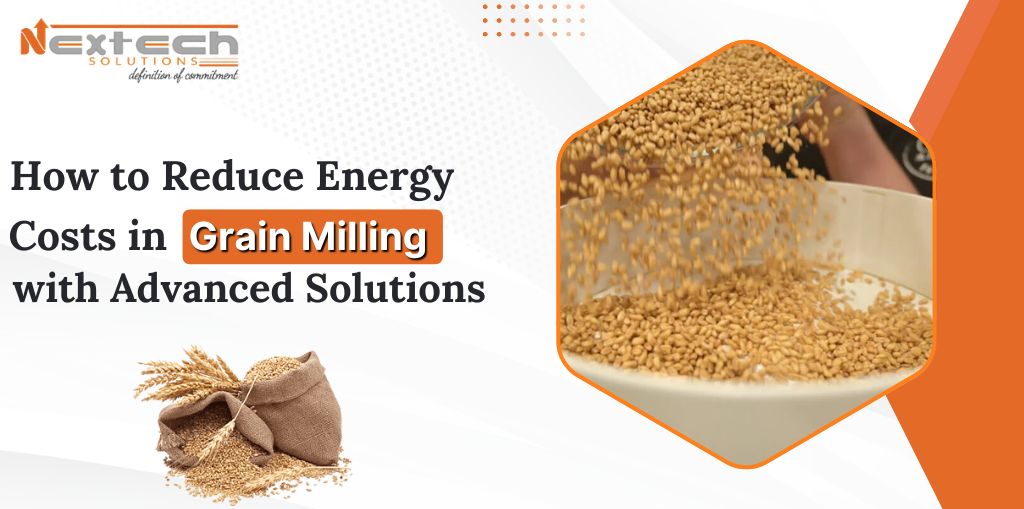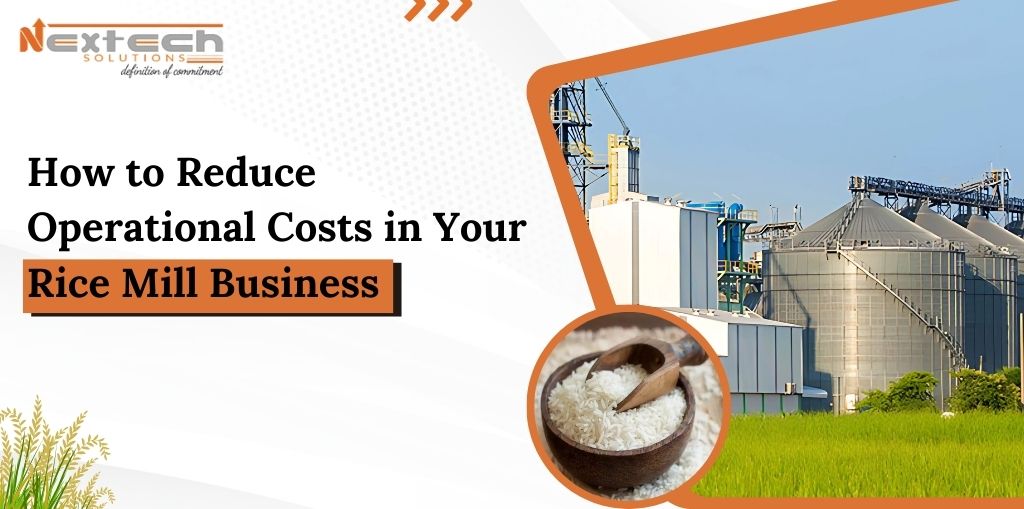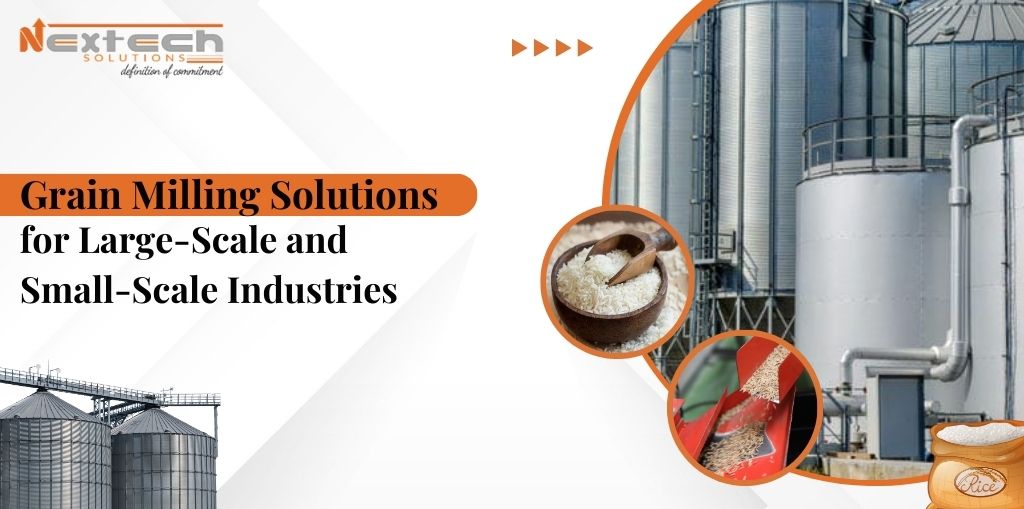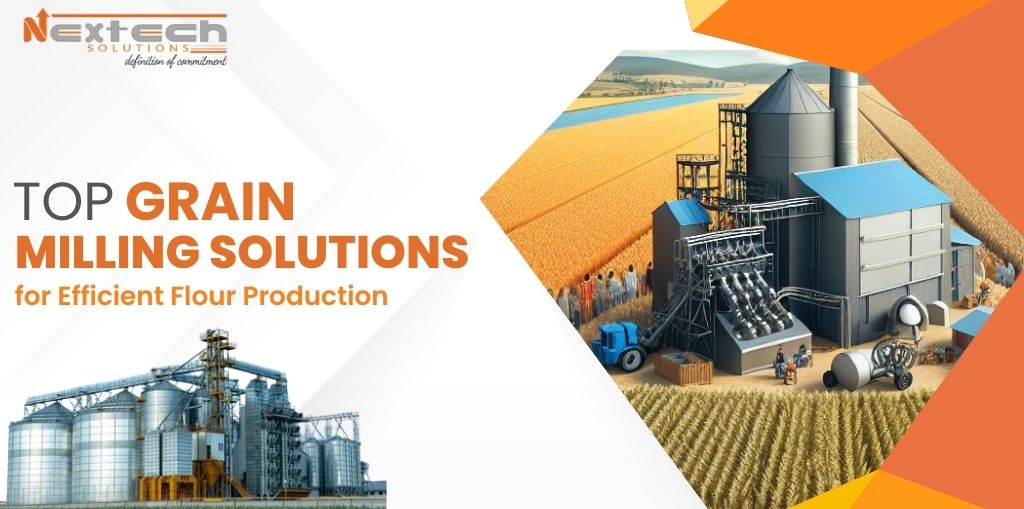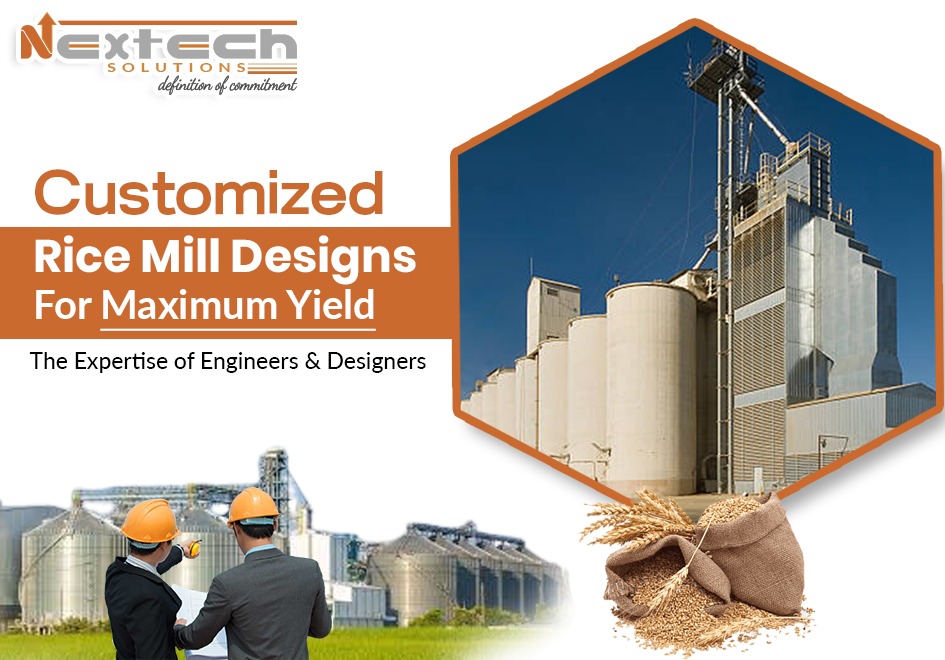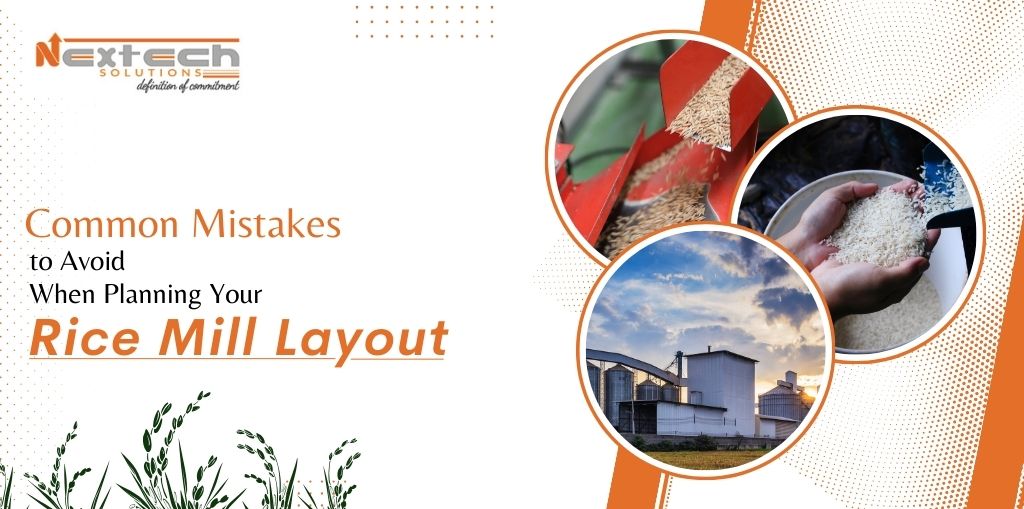Rice milling is undergoing a revolutionary change with sophisticated engineering and innovative processes redefining the landscape. Conventional milling is increasingly being replaced by automation, digitization, and improved quality control, allowing for a more efficient and sustainable practice. This change is critical for all stakeholders in the rice mill business and holds considerable promise for rice mills in India.
Evolving Technology in Rice Milling
Automation and Robotics
The past few years have seen a boost in the use of automation and robotics in milling activities. Automated technologies now undertake the activities that used to be conducted manually, e.g., rice grain sorting, cleaning, and processing. Apart from lowering the cost of labor, this ensures minimal human errors, leading to a uniform quality product.
Precision and Consistency: Advanced machinery delivers high levels of accuracy, which is crucial for maintaining the quality of the final product.
Operational Efficiency: Automated systems can work continuously with minimal supervision, thereby increasing throughput and reducing downtime.
Smart Sensors and IoT Integration
The integration of Internet of Things (IoT) devices and smart sensors has made rice milling process monitoring and quality control more innovative. The IoT devices and sensors monitor key parameters such as temperature, moisture content, and grain integrity in real time.
Real-Time Monitoring: The constant recording of data means the process can be adjusted right away, producing a better-quality product.
Predictive Maintenance: Sensors are able to identify potential equipment problems before they happen, keeping milling processes running uninterrupted and cost-efficient.
Process Innovations Leading the Industry
Energy Efficiency and Sustainability
Energy efficiency and environmental sustainability are among the key trends in rice milling today. New equipment is being engineered to reduce energy usage while increasing output.
Eco-Friendly Operations: New processes minimize waste and maximize energy efficiency, following global sustainability patterns.
Cost Savings: Energy-efficient milling can result in substantial cost savings, especially for small and medium-sized enterprises competing in competitive markets.
Improved Quality Control
The destiny of rice milling is closely linked to enhanced quality control practices. Advances in technology have ensured that it is now possible to monitor and regulate different stages of milling with unrivaled precision.
Grain Integrity: Better milling methods provide the rice grains with maximum retention of their nutrient content, ensuring the texture and appearance required.
Uniform Product Quality: Processing uniformity reflects well on the business in the marketplace and creates consumer confidence, vital elements of sustainable success.
Influence on the Rice Mill Business
The integration of smart engineering and process innovations is more than a technology upgrade; it is a fundamental transformation that is redefining the rice mill business. Modernization in the industry is promoting improved resource allocation, cost savings, and quality products.
Increased Market Competitiveness
With the adoption of smart technology, rice mill plant is in a stronger position to compete both domestically and abroad. The enhanced quality and efficiency provide businesses with an advantage over rivals who continue to employ traditional ways.
Cost Competitiveness: Reduced waste and lower operating expenses enable companies to price competitively.
Product Differentiation: Consistently well-processed high-quality rice secures selective customers and creates new market opportunities.
Opportunities for Small and Medium Enterprises
Innovation in rice milling does not only concern large-scale millers. Small and medium enterprises (SMEs) also have opportunities to enhance their process without requiring substantial capital investment.
Scalability: New technology is developed to be flexible in such a way that smaller mills can scale production as demand increases.
Access to Technology: Economical, modular systems provide access to latest technologies even to small players in the rice mill industry.
Challenges and Considerations
While the future looks bright for rice milling, conversion to smart engineering and process developments has its share of challenges.
Initial Investment and Training
Replacing traditional technologies with newer ones necessitates a sizeable initial investment, and employees need to be trained to maintain and operate the new equipment.
Capital Expenditure: For most companies, the expense of new equipment can be prohibitive.
Skill Development: Ongoing training programs are required to make sure that employees are proficient in operating new technology, which in turn leads to operational success.
Integration with Existing Systems
Another issue is integrating new systems with current operations. Legacy equipment might not be compatible with new technology, necessitating retrofitting or replacement.
Seamless Transition: Phased implementation and careful planning can reduce disruptions during the transition phase.
Tailored Solutions: Partnering with technology providers can result in tailored solutions that meet specific operational requirements, making the integration process smoother.
Embracing the Future with Innovation
For companies that want to be industry leaders in rice milling, innovation is not only desirable but necessary. The development of automation, smart sensors, and process optimization technologies gives a clear direction for increasing operational efficiency and product quality.
Strategic Partnerships and Collaborations
Cooperation between milling operations and technology suppliers is the secret to unlocking the potential of advanced engineering. Through cooperation, companies are able to design solutions that suit their specific requirements and objectives. A good example is the effort made by Nextech Agri Solutions, whose efforts have led to the implementation of these advanced methods in milling operations. Through their specialized services, improvements in process efficiency and product quality have been achieved.
Future Outlook
The future of rice milling will be characterized by ongoing technological advancements. As the businessembraces new processes and equipment, it will become more competitive globally. The on-going development holds promise not only for product quality but also for an improved process that is sustainable and efficient. Eventually, companies that invest in intelligent engineering and process improvement will be best suited to serve the needs of an evolving market and for long-term prosperity.
In conclusion, the future of rice milling is bright with innovation that provides tangible advantages. From automation and IoT integration to energy efficiency and better quality control, it is a bright outlook for those who are willing to innovate. If you are an existing player in the rice mill industry or a new player, it will be necessary to adapt to these changes in order to survive in a growing market competition. The evolution of rice mills in India and elsewhere is a testament to the strength of innovation in driving success and operational excellence.
 MAIL US :
MAIL US :
 CALL US :
>
CALL US :
>
